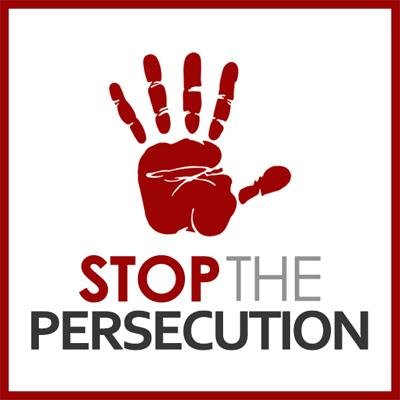In this age of 24/7, wall-to-wall coverage, journalists are confronted with difficult ethical and professional questions when it comes to reporting incidents of a sensitive, communal nature. While censorship is out of the question, some degree of restraint must be exercised to ensure that violent images and footage from one location do not end up inflaming the situation on a larger scale. This dilemma surfaced on Monday during a communal riot in Dulmial, a village near Chakwal city. As reported, a mob descended on an Ahmadi place of worship and proceeded to ransack it. In the melee, two deaths occurred. The attack occurred on 12 Rabiul Awwal, a day when religious fervour is high and mass processions are taken out countrywide. Perhaps this fact — along with the sensitivity of the incident — led the electronic media to downplay its coverage. As mentioned in this paper, the reportage was limited to tickers; media professionals say this was done out of ‘self-restraint’. Such restricted coverage has been witnessed before, most notably during the 2013 communal riot in Rawalpindi on Ashura. There is, of course, a thin line between self-restraint and self-censorship. Where attacks on minorities are concerned, there can be no room for self-censorship. Heads of media organisations, rather than any government body, need to formulate standard operating procedures where coverage of communally sensitive incidents is concerned. These guidelines must be adhered to by all channels, and coverage should not be selective regarding different incidents of a communal or sectarian violence.
However, while coverage of the attack may have been subdued, the state should under no circumstances brush this shameful incident under the carpet. Prima facie, there is evidence that the attack was pre-planned, as clerics had apparently been riling up people along sectarian lines many days before the incident. A full investigation should be conducted and those responsible for instigating the violence, as well as those who participated in the attack, must face justice. In particular, the media needs to expose the culprits behind such communal violence in order to inform the public, as well as to put pressure on the state to take action against hate-mongers. The long-term battle against extremism and militancy will not be won until those involved in hate speech and instigating communal conflict are prosecuted and punished. All communities must be free in this country to follow their religious beliefs without being intimidated.
